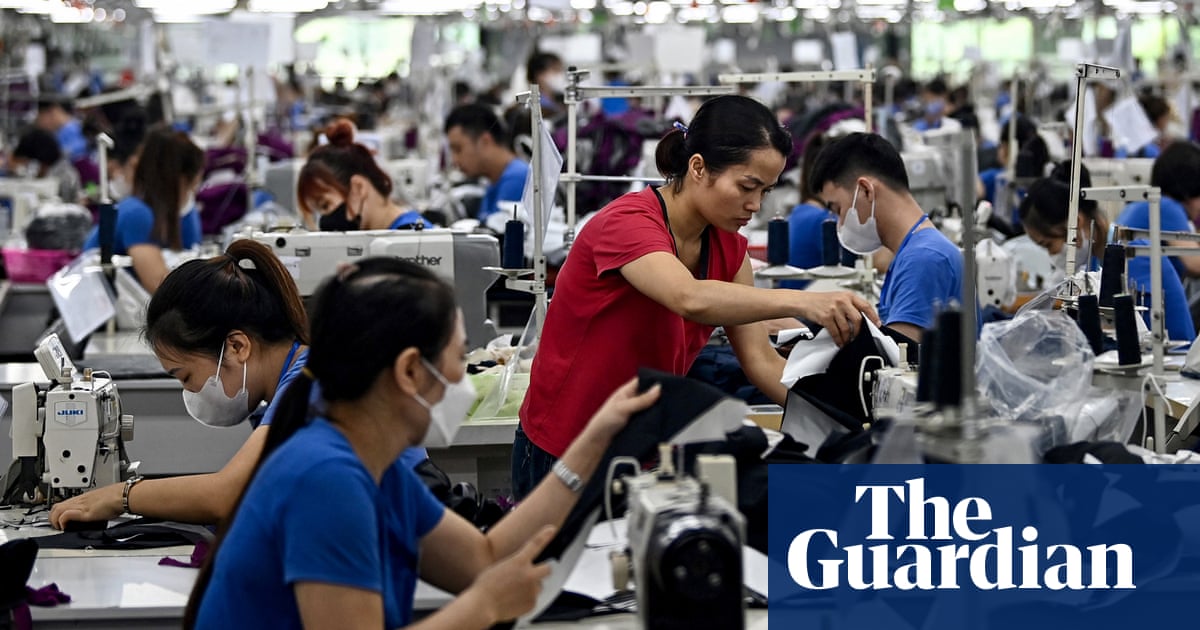Fresh Negotiations: The U.S.-Vietnam Trade Agreement
On a recent Wednesday, exciting news broke regarding a new trade agreement between the United States and Vietnam. This development comes after intense last-minute negotiations, culminating in the imposition of a 20% tariff on a significant portion of Vietnamese exports. While lower than the previously announced 46% tariff, which was set to take effect next week, this agreement has notable implications for both nations.
The Tariff Breakdown
President Donald Trump announced that the new 20% tariff will impact various goods from Vietnam. However, the situation is slightly more complex, as any goods that are trans-shipped through third countries will incur an even steeper 40% tax. Yet, specific details detailing how this trans-shipment provision will work remain unclear, leaving room for speculation and further clarification as the agreement evolves.
Market Access and Limitations
In a bid to level the playing field, the agreement also grants the United States more access to the Vietnamese market. Notably, U.S. exports to Vietnam will not be subjected to tariffs, a move aimed at stimulating trade in various sectors, notably the automobile industry. Trump emphasized that large-engine vehicles, specifically SUVs, would represent a promising addition to Vietnam’s market, providing opportunities for U.S. manufacturers.
Historical Context
This recent agreement reflects a broader trend in U.S.-Vietnam trade relations that has surged in the wake of the U.S.-China trade tensions. Since Trump enacted tariffs on a vast array of Chinese goods during his first term, U.S. imports from Vietnam have nearly tripled. In 2018, Vietnam’s exports to the U.S. were less than $50 billion, but projections suggest this figure could reach approximately $137 billion by 2024.
Conversely, U.S. exports to Vietnam have only grown modestly, about 30%, rising to just over $13 billion in the previous year from less than $10 billion in 2018. The disparity in growth between imports and exports raises questions about trade balance and future negotiations aimed at equalizing the exchange.
The Vietnamese Government’s Position
Vietnamese President Tô Lâm was proactive in discussions with Trump, advocating for the recognition of Vietnam as a market economy and seeking the elimination of restrictions on exports of high-tech products. These requests have been longstanding, revealing the complexities underlying U.S.-Vietnam trade dynamics, as Washington has historically been reluctant to make such concessions.
Global Trade Landscape
Trump’s recent trade policies are part of a larger narrative where multiple countries are negotiating terms to avoid steep tariffs. Currently, there are active discussions with many nations, and the administration has also hinted at a potential deal with India on the horizon. Unlike Vietnam’s agreement, the deal made with Britain earlier was more tangible, involving specific concessions like a 10% tariff on various goods in exchange for American access to British beef and aircraft engines.
Similarities and Differences in Agreements
Both the U.S.-Vietnam and U.S.-Britain agreements illustrate a framework for future trade rather than final, comprehensive trade pacts. This approach leaves much open for interpretation and negotiation, signaling a willingness from the U.S. to engage with multiple partners while maintaining leverage through tariffs.
Looking Forward
As the dust settles after this significant announcement, many stakeholders will be watching closely. The White House and Vietnamese trade ministry have yet to release statements following the announcement, indicating that further details and clarifications are likely to emerge.
In sum, this trade agreement stands as a critical juncture in U.S.-Vietnam relations, emphasizing the evolving dynamics of international trade and the shifting tides of economic policy. The implications of this deal will be felt on both sides of the Pacific, affecting industries, workers, and consumers alike.


